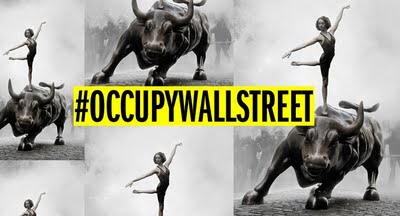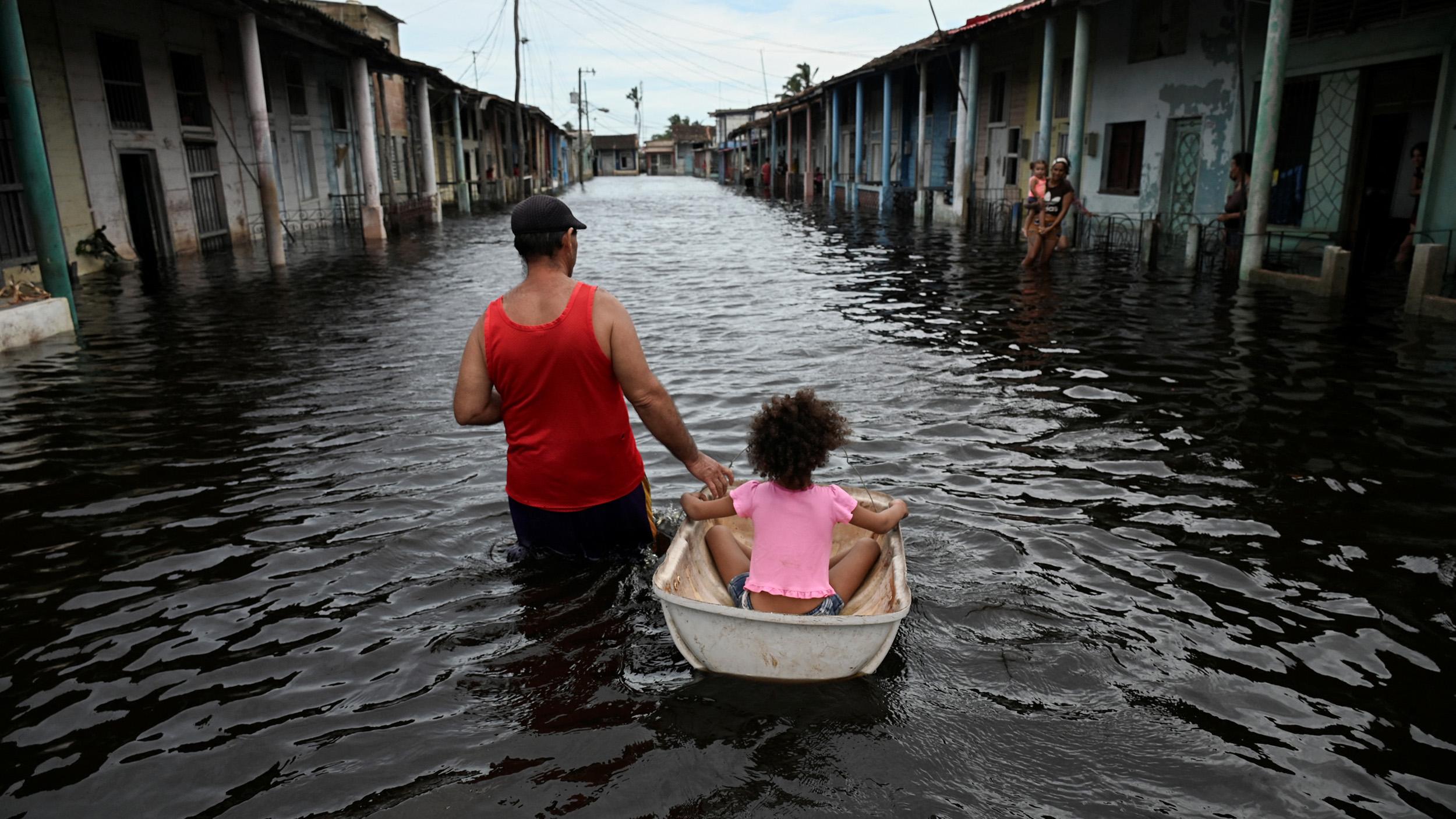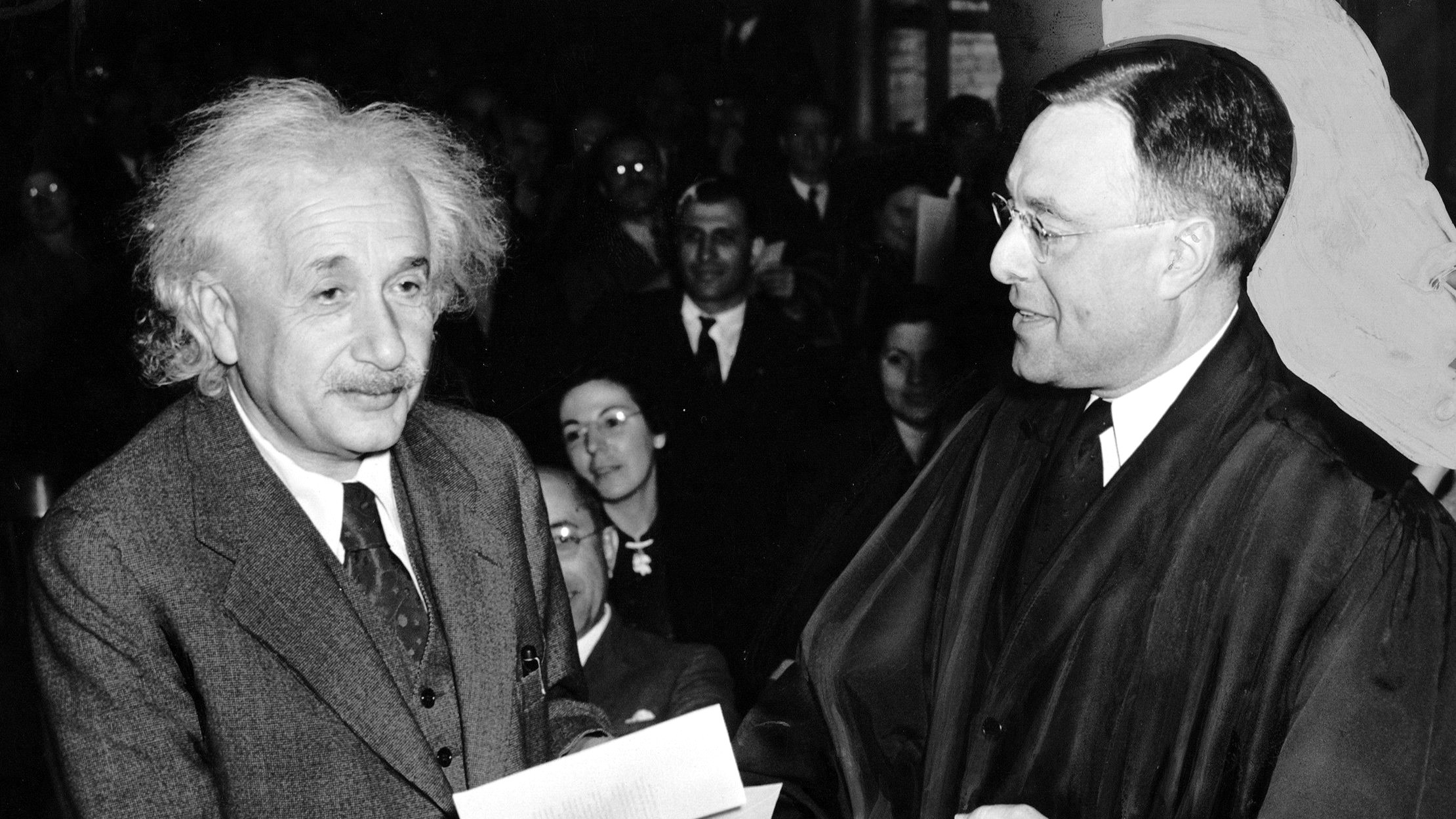iProtest: Social Media and the Evolving Nature of Political Activism

— Guest post by Luis Hestres, American University doctoral student.
To say that new information technologies are revolutionizing political activism has become a tried and true cliché. It also happens to be true. Even as debates rage over the impact of technology on political activism, the possibilities (and perils) are undeniable. How are these technologies changing the way social movements work today?
In a study of the 2003 anti-Iraq War global protests, Bennet, Breunig, and Givens (2008) argue that changes in social identity processes are leading individuals to seek less binding and more flexible relationships with organizations that provide support on issues that matter to them personally. This model of activism stands in contrast to the 1960s-70s era model, in which concerned citizens identified strongly with one issue and organization.
Single-issue organizations are still being formed today, of course, but our relationships to them are becoming looser and less hierarchical. Bennett and colleagues argue that these loose ties, along with a heavy reliance on online media for political information, account for the speed with which anti-war activists were able to organize back in 2003. It’s likely that these massive, multi-nation gatherings could not have been organized with the same speed and degree of coordination without the information technologies we have at our disposal today.
The Internet and other communication technologies have also expanded greatly the repertoire of actions available to activists. Van Laer and Van Aelst (2010) have developed a useful typology of the repertoire available to today’s activists, which they divide between traditional activities—now supported by the Internet—and online-only activities.
One of the reasons this typology is useful is its classification of certain Internet-only activities as “high-threshold,” on a par with traditional activities such as sit-ins or demonstrations. Too often, Internet-only activities get lumped together under the derisive labels of “clicktivism” or “slacktivism” when in fact, in today’s wired world, there are plenty of high-risk, online-only tactics that activists can deploy.
Thus, information technologies have provided activists with a larger toolset, including online-only activities that have the potential to deliver as much political impact as their offline counterparts.
There are still, as ever, skeptics about the Internet’s impact on political participation and activism. In a widely-read New Yorker article, Malcolm Gladwell (2010) argued that high-risk (i.e., high-threshold) social protests like the anti-segregation lunch counter sit-ins of the 1960s could never have been organized through social media sites like Twitter. Gladwell argues that social media-based activism revolves around weak ties, which are incompatible with high-threshold social protests like lunch counter sit-ins.
Gladwell’s article is problematic on several levels. First, as we have seen from the Bennet et al. (2008) article, there is empirical evidence that points to the possibility of organizing high-threshold political protests based on weak ties. The 2003 anti-war protests were not organized according to the 1960s top-down, hierarchical model we associate with the Southern Christian Leadership Conference (Dr. Martin Luther King, Jr.’s organization), the Congress on Racial Equality (CORE) or similar groups.
Yet this loose global coalition managed to pour millions of anti-war protesters into the streets of London, Sydney and many American cities. Occupy Wall Street and the protests against the Tar Sands oil pipeline are other examples of high-threshold political activism facilitated to a great extent by social media and other communication technologies.
Second, the Gladwell piece is problematic because it sets up a false choice between face-to-face organizing and social media influence. As a former professional online organizer, I cannot think of one former colleague worth his or her salt who would seriously argue that the lunch counter sit-ins could have been organized exclusively through Twitter, had it been available at the time.
Most of them would say that Twitter is just one of many tools they use, both on- and offline, to mobilize as many people as possible behind their causes. It is probably not a stretch to say that civil rights organizers at the time availed themselves of every possible communication and organizational technology available at the time—from telephone to telegrams to television—to mobilize as many people as possible behind their cause as well.
Gladwell’s piece does raise an interesting question, however: what is the longevity of these newer social movements that are based on loose ties? The civil rights movement Gladwell talks about took many years to succeed. Do the newer social movements being forged in the Internet era have the same stamina?
Despite the fact that the Web turned 20 in August, Internet-assisted and Internet-only activism are still young. We are still navigating the tricky waters of the information age, including how to harness the power of technology to bring about social and political change. Perhaps in 50 years, the next Malcolm Gladwell will write an article on how his or her generation can never hope to achieve the type of social change we achieved thanks to Twitter. We should keep an eye out for that piece.
–Luis Hestres is a Doctoral student at American University’s School of Communication. Before joining SOC’s PhD program, Luis worked as an online organizer at various nonprofits and was most recently the Internet and Communications Manager at the 1Sky climate campaign. Luis holds an MA in Communication, Culture and Technology and an MFA in Film and Media Arts.
Read other posts by AU doctoral students and find out more about the doctoral program in Communication at American University.
References
Bennet, W. L., Breunig, C., & Givens, T. (2008). Communication and Political Mobilization: Digital Media and the Organization of Anti-Iraq War Demonstrations in the U.S. Political Communication, 25(3), 269-289.
Gladwell, M. (2010). Small Change. The New Yorker, 86, 42.
Van Laer, J., & Van Aelst, P. (2010). Internet and Social Movement Action Repertoires: Opportunities and Limitations. Information Communication & Society, 13(8), 1146-1171.





